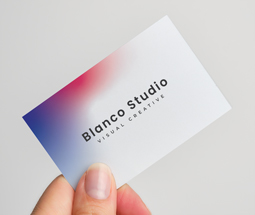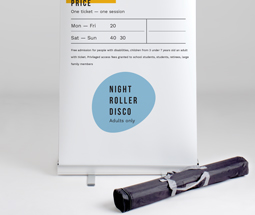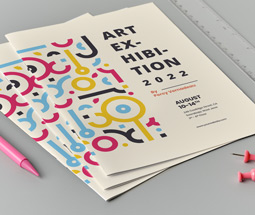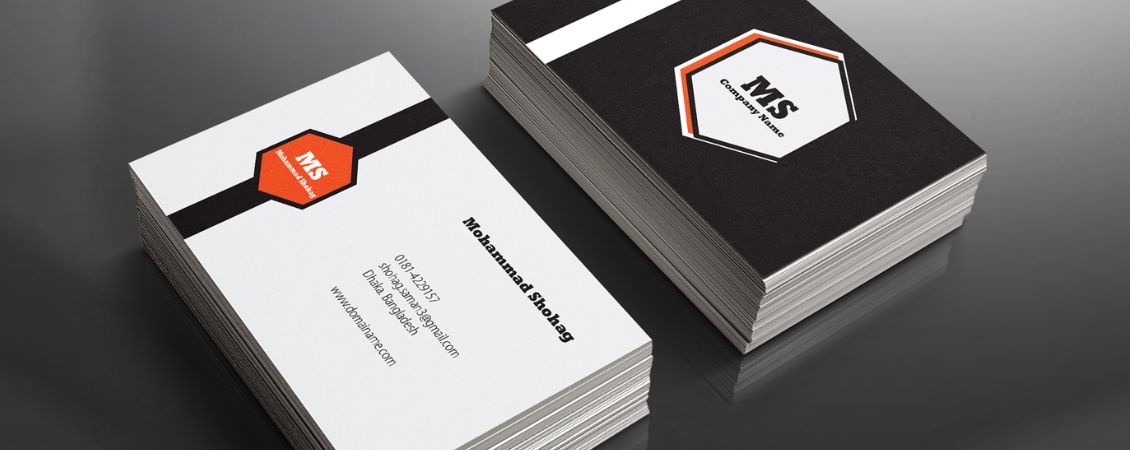Updated: 07 March 2025
If you’ve ever printed anything with a commercial print service, it’s likely you’ve heard the term CMYK. But what does it stand for, and why is it important? Find out the definition of CMYK, why we use this colour process for printing and how to make sure you’re using the right colours in your print designs.
What is CMYK in Printing?
The CMYK acronym stands for Cyan, Magenta, Yellow, and Key: those are the colours used in the printing process. A printing press uses dots of ink to make up the image from these four colours.
‘Key’ actually means black. It’s called Key because it’s the main colour used to determine the image outcome. Black ink provides depth and shading, whereas the other colours create different colours on the spectrum depending on how they are mixed. For example, cyan and yellow create a green when one is overlaid on the other.
What Does ‘Key’ Mean in CMYK?
There’s some argument regarding the origin of ‘Key’ to mean black. Some people say it’s because representing black with ‘B’ could confuse it with ‘blue’, but this is unlikely. It may be because the black plate is the ‘key’ plate on a printing press that aligns the other three colours to it (so the layers match up perfectly for the final image). This means any colour plate, in theory, could be the ‘K’ in this process, if black were not being used.
A further argument suggests that ‘Key’ refers to the very old presses waaayyy back in 1843 that used screw keys to determine the amount of ink required to achieve the desired end result.
CMYK vs RGB
Ever printed something out on your home or office printer and noticed the colours look a little off? Before you start thinking you’re going crazy, don’t worry – this can happen if you’re using the wrong colours profile.
Your computer screen works in RGB (Red, Green, Blue) and not CMYK. It might seem that this doesn’t make a difference to the final product when you’re designing something, but it does!
A colour monitor that isn’t set up to view CMYK will show you different colours to the ones that may be printed. This is because the RGB spectrum is much, much broader than CMYK, so colours can be created in this palette that won’t be available in CMYK.
There is a very clear differentiation between RGB and CMYK in the way the colours work. RGB is additive, while CMYK is subtractive. What this means is:
- RGB colours are added to a black canvas to build an image
- CMYK colours are added to a white canvas to remove other colours from the visual spectrum

Subtractive vs Additive
Still confused? Let’s go into a little more detail…
RGB colours are known as additive, meaning they are created with light. Additive colours start of black and as colour is added they turn lighter and lighter until they’re white. The screen you’re currently reading from shows colours made of light.
The CMYK model uses subtractive colours. This is where the background starts of white (like a sheet of paper in a printer) and as more colour is added it gets darker until it turns black.
They’re essentially the opposite of one another – CMYK starts white and turns black, RGB starts black and turns white.
True Black and CMYK
Technically if you added cyan, magenta and yellow together in equal and large amounts, it would create black. However, due to impurities of the ink, true black is hard to recreate – that’s why printers include a black ink (K) along with the other colours. CMYK colours tend to be darker that RGB ones because it’s a less broad spectrum.
When you have 100% of all colours (C 100%, M 100%, Y 100% and K 100%), this is a solid black. Similarly, when you have all colours set to 0%, your print will come out completely blank.
Why Do Printers Use CMYK?
Some commercial printers will print in RGB, but most (including instantprint) will only print in CMYK. This is because CMYK is easier to standardise, thanks to the spectrum of colours available. That means we can keep all of your print products looking perfectly consistent throughout the print run. There are so many minute variations possible in RGB that it is nigh on impossible to guarantee consistency of colours across a print run, or even between different print runs.
CYMK can be monitored using a GMG scanner and the related software. This allows each printing press to be calibrated to produce a standard colour, regardless of each machine’s individual characteristics. This is why commercial printers use CMYK most frequently, as it helps to ensure consistency of colour across print runs and also across machines.
Another big reason is because when you print onto paper, you’re adding pigmented colours onto a white canvas, making it darker – which is why we use subtractive, CMYK colours for printing.
How to Convert RGB to CMYK
If you’ve designed some artwork in software that produces RGB documents, you may run into some problems when sending this artwork to print. This is because conversion from RGB to CMYK can result in colour variations, as the colours are created differently (remember: additive versus subtractive).
Luckily for you, at instantprint we automatically convert your RGB files into CMYK to make them print ready. Just remember to check your proof as converting colours can slightly change the look of your print.
Aside from us, use design software that will automatically save and export your document in CMYK settings, if you want to avoid any last-minute problems with colour conversions. If you’re not sure how to do this, check out our step-by-step colour guide to help.
Conclusion
Understanding CMYK is important for print design. Using CMYK colours and setting up design files correctly can ensure accurate printing. RGB colours may not translate well to print, so use CMYK for high-quality prints that represent your brand. Keep these tips in mind for professional designs.









